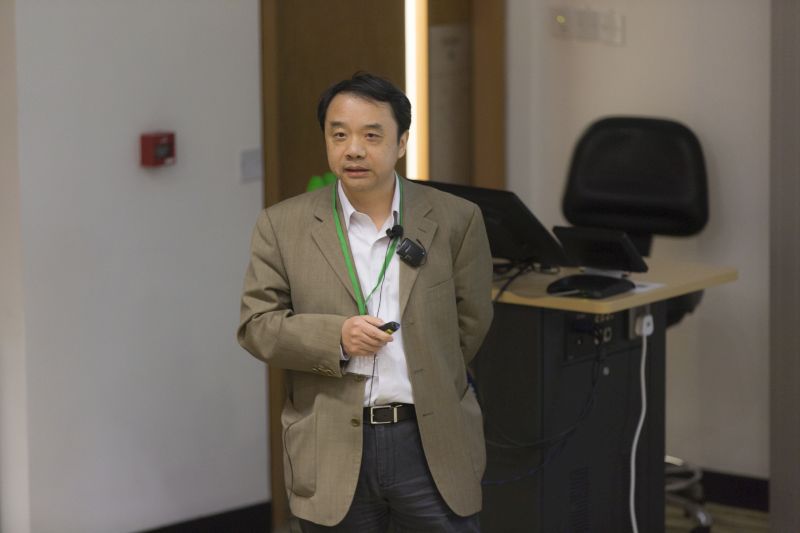Particle Physics in China: Present and Future
Abstract
Modern experimental particle physics in China started in 80’s when Beijing Electron-Positron Collider(BEPC) were built. In the new century, the BEPCII/BESIII facility enables China’s accelerator-based particle physics to catch up to the world leading class and important results were obtained, such as the discovery of Zc(3900), a new state with at least 4-quarks. Recently the Daya Bay experiment discovered a new type of neutrino oscillation, opened the door to the future neutrino experiments for the CP phase and mass hierarchy. The speaker will describe the two major future experiments in China, one is called JUNO for neutrino physics and another one is CEPC+SppC, a circular electron-positron collider for Higgs factory and later, upgradable to a huge pp collider.
About the speaker
Prof. Wang Yifang received his PhD in High Energy Physics from the University of Florence in 1991. He was faculty at the Massachusetts Institute of Technology and Stanford University. He joined the Institute of High Energy Physics (IHEP) of the Chinese Academy of Sciences in 2001, and is currently Director of the Institute.
Prof. Wang’s research covers high energy electron-position collisions, neutrinos and space experiments and he was a member of L3, AMS, Palo Verde and KamLAND experiments. At IHEP, he led the design, construction and science efforts of the BESIII experiment at the e+e- collider in Beijing. This experiment recently discovered a new type of matter made of at least 4 quarks, called Zc(3900). He also initiated the Daya Bay reactor neutrino experiment and led the design, construction and physics studies. In 2012, this experiment discovered a new type of neutrino oscillation, and for the first time, precisely measured the neutrino mixing angle θ13.
Prof. Wang received prestigious awards including the Panofsky Prize for Experimental Particle Physics by the American Physical Society.











